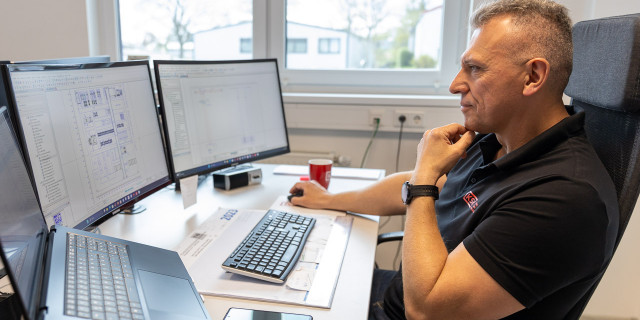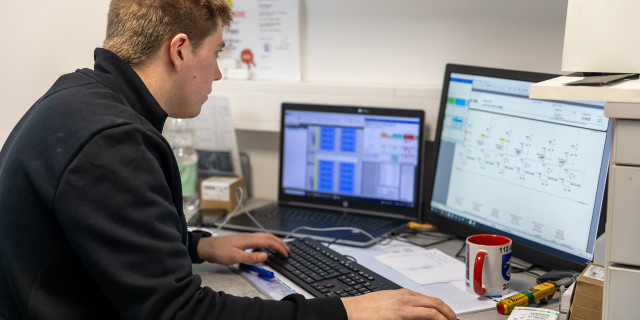
Start over.
The PLC in your system is no longer the latest on the market, but you don't know who can read and translate the stored control systems? Or do you simply want to replace or renew outdated electrical components? We always welcome new challenges.
Your contact

Patrick Schrilz
Retrofit expert
+49 (0) 2364 10539 -135
schrilz@kskgruppe.de
Table of contents
-
What does retrofit mean and why is it important?
- Definition and concepts of retrofitting
- Advantages of modernizing existing machines
- Difference between retrofitting and new purchase
Modernization of machines and systems: Retrofits for increased efficiency
The modernization of machines and systems is an important topic in Industry 4.0. Retrofits, a concept that involves replacing or supplementing existing machine components with state-of-the-art technology, play a central role in this. This technology makes it possible to make old machines fit for networked production while increasing efficiency. In this article, we will discuss the basics of retrofits, the appropriate components, the retrofit process, the advantages of extending service life, and the role of digitalization in detail.
What does retrofit mean and why is it important?
Definition and concepts of retrofitting
Retrofitting refers to the upgrading and modernization of existing machines and systems with new technologies. The term encompasses the integration of modern control systems, sensor technology, and communication technology to achieve state-of-the-art performance. This approach is particularly relevant for modernizing older machines that are still functional and extending their service life. A digital retrofit can include necessary optimizations to bring a production plant up to the latest standards.
Advantages of modernizing existing machines
The modernization of existing plants and machines through retrofits offers a wide range of advantages. On the one hand, energy consumption can be significantly reduced through the use of modern technology. In addition, retrofits increase the efficiency and productivity of machines and plants, which leads to cost savings. Furthermore, retrofits enable improved process data acquisition and utilization, which facilitates maintenance and servicing and minimizes expensive downtime.
Difference between retrofitting and new purchase
A key aspect of retrofitting is the comparison with a complete new purchase. While new purchases often involve high investment costs and a long payback period, retrofitting offers a more cost-effective alternative. Existing machines and systems can be modernized through targeted retrofitting without the need to replace the entire infrastructure. This is particularly relevant for companies that depend on the efficiency and availability of their production facilities.
Which components are suitable for retrofitting?
Sensors and digital control
Selecting the right sensors and control systems is essential for a successful retrofit. Modern sensor technology enables the detailed recording of machine data and process data, which is necessary for optimizing machine processes. Such sensors can monitor a wide variety of parameters such as temperature, pressure, vibration, and energy consumption. In combination with intelligent control systems, they enable precise and efficient control and monitoring of the machines.
Integration of communication technology
The integration of modern communication technologies is also an important part of the retrofit process. Industry 4.0 relies on networked production, in which machines and systems communicate with each other and exchange data. This requires the retrofitting of communication modules that enable interaction with the corresponding system. This integration allows processes to be monitored and adjusted in real time, resulting in a significant increase in efficiency.
Collect and use process data and machine data
A successful retrofit project also includes the comprehensive collection and use of process data and machine data. By analyzing this data, weak points can be identified and process optimizations can be made. The use of modern OLAP (Online Analytical Processing) tools makes it possible to efficiently analyze large amounts of data and gain valuable insights. This not only helps to extend the service life of machines, but also contributes to the continuous improvement of production processes.
How is a retrofit process implemented?
Planning and analysis of the existing plant
The first step in the retrofit process is the detailed planning and analysis of the existing machine or plant. The current machine sequences and processes must be examined in detail in order to identify the appropriate retrofits. This also includes assessing the current condition of the components and identifying outdated technologies that are to be replaced by modern technologies.
Implementation of the retrofit in industry
Implementing retrofits in industry requires careful planning and execution. It begins with the procurement of suitable components, followed by the actual retrofitting and integration of the new technologies. This must be done in close coordination with the plant operators to minimize potential production downtime. In addition, employee training is necessary to ensure the efficiency and safety of the modernized machine.
Adaptation and integration of new technologies
After the retrofit technologies have been implemented, the adaptation and integration phase follows. This includes fine-tuning the new components to the specific requirements of the production plant. The new systems must be seamlessly integrated into the existing processes and optimally configured. Continuous monitoring and adjustment of machine data and control systems is particularly important to ensure maximum efficiency.
How can the service life of older machines be extended through retrofitting?
Prevent obsolescence with modern technology
Older machines tend to become obsolete over time. However, retrofits can delay and even prevent this process. Modernizing existing machines with the latest technologies increases their performance and significantly extends their service life. This includes replacing outdated control systems with digital controls and integrating modern sensor technology.
Increased efficiency through retrofitting
Increasing efficiency is a key goal of retrofitting. By retrofitting modern technology, older machines can be operated more efficiently and productively. This not only leads to higher production output, but also to a reduction in energy consumption. Modern frequency converters for electric drives are an example of technologies that can contribute significantly to increasing efficiency.
Maintenance and regular inspection
Regular maintenance and inspection are crucial for extending the service life of machines in the long term. Regular inspections allow potential problems to be identified and rectified at an early stage. This minimizes downtime and ensures that the machines can always be operated in optimal condition. Modern sensor technologies play an important role here by continuously monitoring the condition of the machines.
What are the advantages of digitalization in the retrofit process?
Industry 4.0 and its impact on machines
Digitalization, especially in the context of Industry 4.0, brings numerous advantages for the retrofit process. By integrating digital technologies, machines and systems can be networked with each other and the efficiency of the entire production process can be increased. This leads to better machine utilization, a reduction in scrap, and higher overall production quality.
Increased efficiency and process optimization
Digitalization enables significant efficiency gains and process optimization in the retrofit process. By using and analyzing process data, weak points in the production process can be identified and eliminated. Modern analysis tools and algorithms help to continuously improve efficiency and reduce production costs.
Integration and use of process data
The integration and use of process data is a key advantage of digitalization in the retrofit process. By collecting and evaluating this data, processes can be monitored and adjusted in real time. This enables proactive maintenance and repair, which helps to avoid costly downtime. The continuous improvement of production processes ultimately contributes to a longer service life and higher efficiency of the machines.

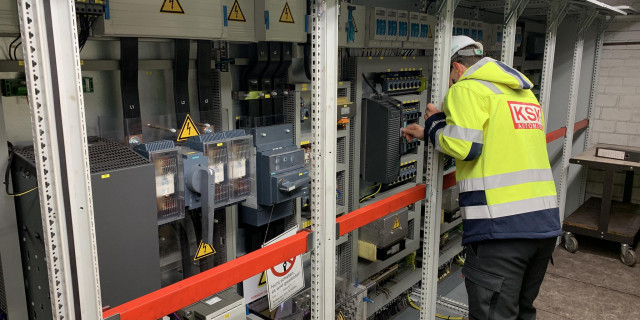
Data Export from S7 Controllers
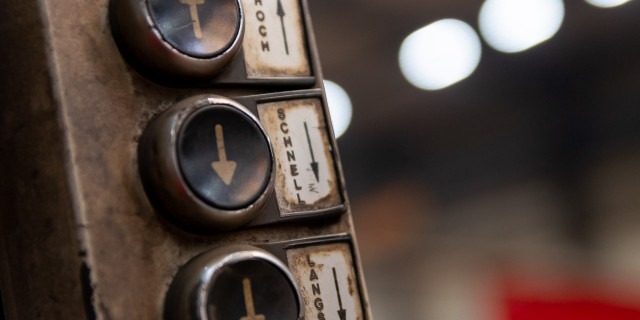
Crane Automation
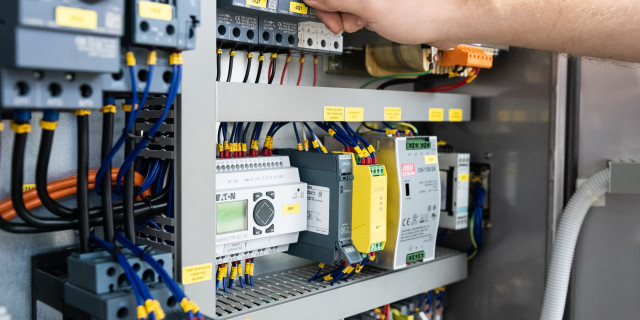
Control cabinet construction
